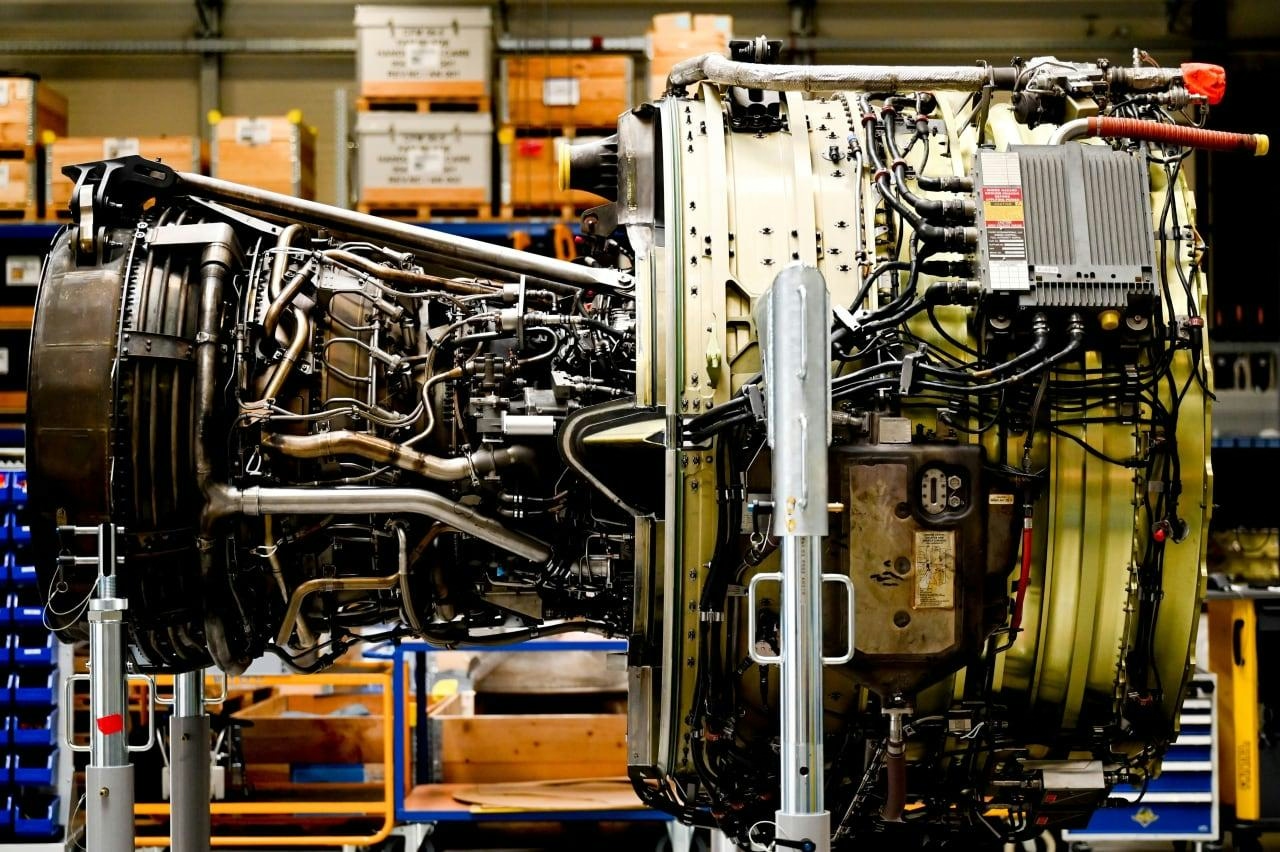
AeroGenie - مساعد الطيار الذكي الخاص بك.
الرائج الآن
Categories
eHang's Pilotless eVTOL Air Taxi Completes Flight with 125-Mile Range
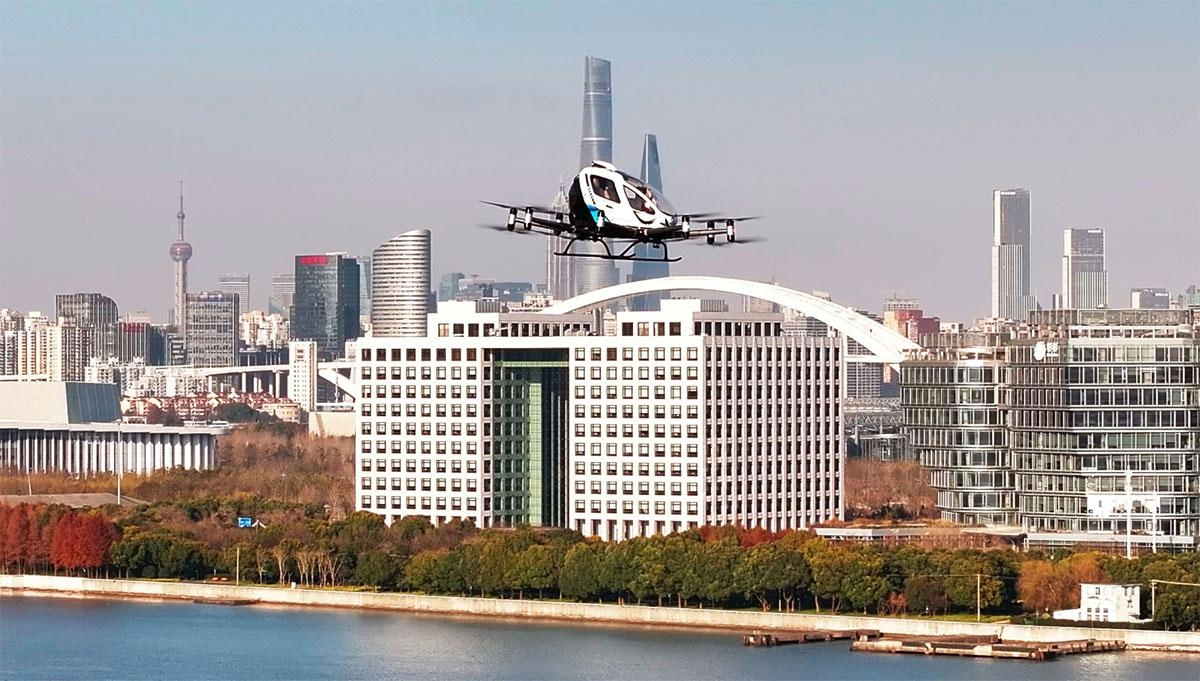
eHang Advances Autonomous Air Mobility with VT35 eVTOL Air Taxi
Guangzhou-based eHang has unveiled its latest innovation in urban air mobility: the VT35, a pilotless electric vertical takeoff and landing (eVTOL) air taxi boasting a 125-mile (200 km) range. The company introduced the VT35 ahead of its official launch event in Hefei, China, where eHang has recently established a new research, development, and manufacturing center. This development marks a significant milestone in the race to commercialize autonomous air taxis capable of inter-city travel.
Design and Technical Specifications
The VT35 distinguishes itself through its fully autonomous design, eliminating the need for a pilot and traditional cockpit controls. Instead, the aircraft features a streamlined cabin focused entirely on passenger comfort and convenience. Ground-level doors facilitate easy boarding without the need for stairs, while the interior offers luxurious seating complemented by a large display that provides real-time flight trajectory, trip information, climate controls, and in-flight entertainment. A touchscreen interface allows passengers to access flight data, conduct mobile office tasks, and enjoy various entertainment options during their journey.
From a technical perspective, the VT35 is powered by eight lift propellers and a single propulsion propeller, enabling it to achieve a cruising speed of 134 mph (216 km/h) and sustain up to 60 minutes of flight on a full battery charge. The aircraft measures 27 feet (8.26 meters) in length with a wingspan of 26.7 feet (8.16 meters) and can carry a payload of up to 440 pounds (200 kg). These specifications position the VT35 as a viable option for regional air travel, particularly targeting business commuters.
Market Potential and Industry Challenges
eHang envisions the VT35 serving as a transformative solution for inter-city transportation, with a particular focus on the Guangdong-Hong Kong-Macao Greater Bay Area. The company’s promotional materials illustrate plans to connect multiple cities within this economically vibrant region, highlighting the potential to reshape regional mobility through autonomous air taxis.
Despite the promising capabilities of the VT35, eHang faces considerable challenges before achieving commercial deployment. Regulatory approval for pilotless eVTOLs with extended range remains complex, requiring rigorous safety validations and integration with existing transportation infrastructure. These hurdles underscore the broader difficulties confronting the advanced air mobility sector as it seeks to transition from prototype to operational service.
The announcement of the VT35 has already sparked heightened investor interest and intensified competition among industry players. Established companies and new entrants alike are accelerating their development efforts. For example, Archer Aviation plans to showcase its Midnight eVTOL at the California International Air Show in October 2025, aiming to increase public awareness and acceptance of eVTOL technology. Similarly, Hyundai’s Supernal continues to advance its own air taxi initiatives.
As eHang expedites the VT35’s path to market, it may gain a competitive advantage over rivals such as Joby Aviation and Archer, both of which have secured substantial funding in recent years. The coming months will be critical as eHang works to realize its vision of pilotless, long-range air taxis and establish a foothold in the emerging urban air mobility landscape.
For further details on the VT35, interested parties are encouraged to visit eHang’s official website.
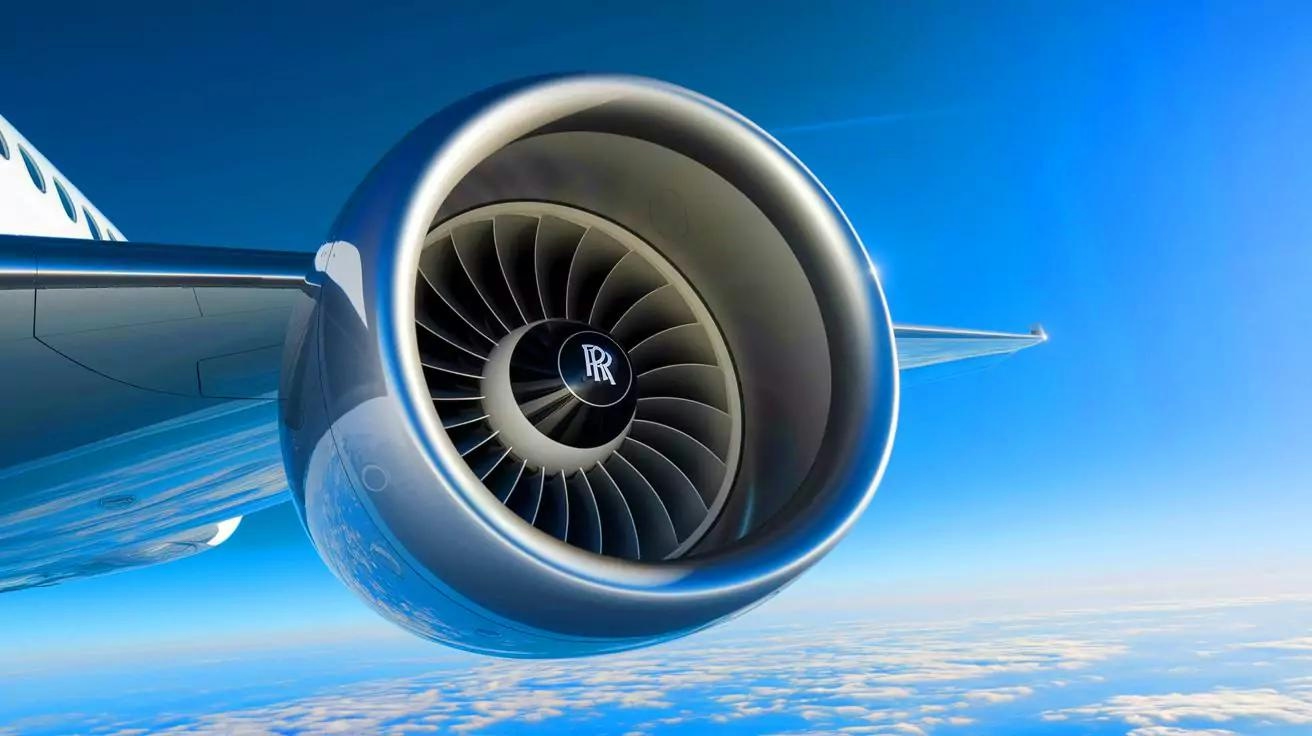
Rolls-Royce Files Patent for Hydrogen-Powered Aviation Engine
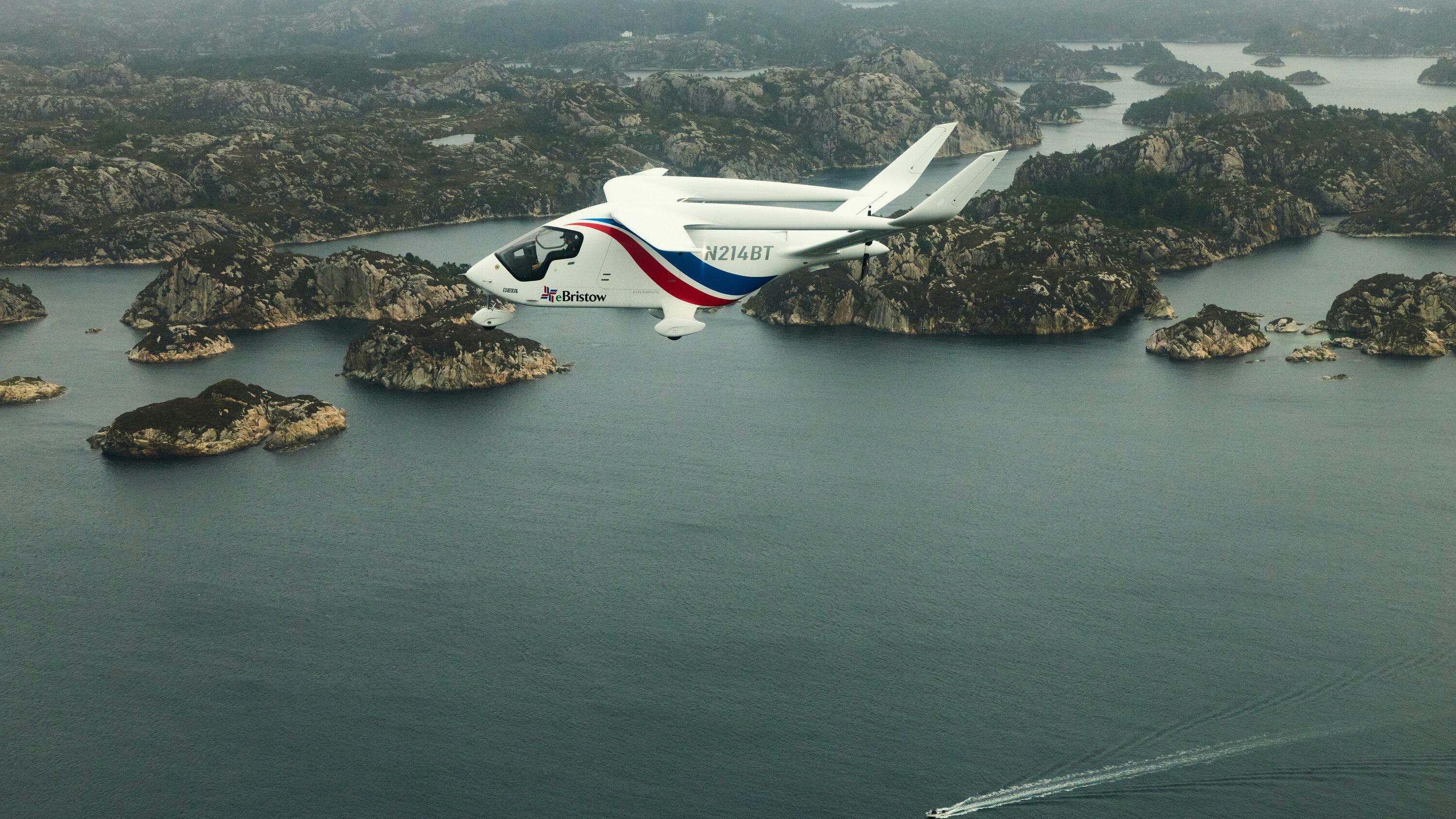
Artificial Intelligence Guides Eco-Friendly Aircraft in Flight
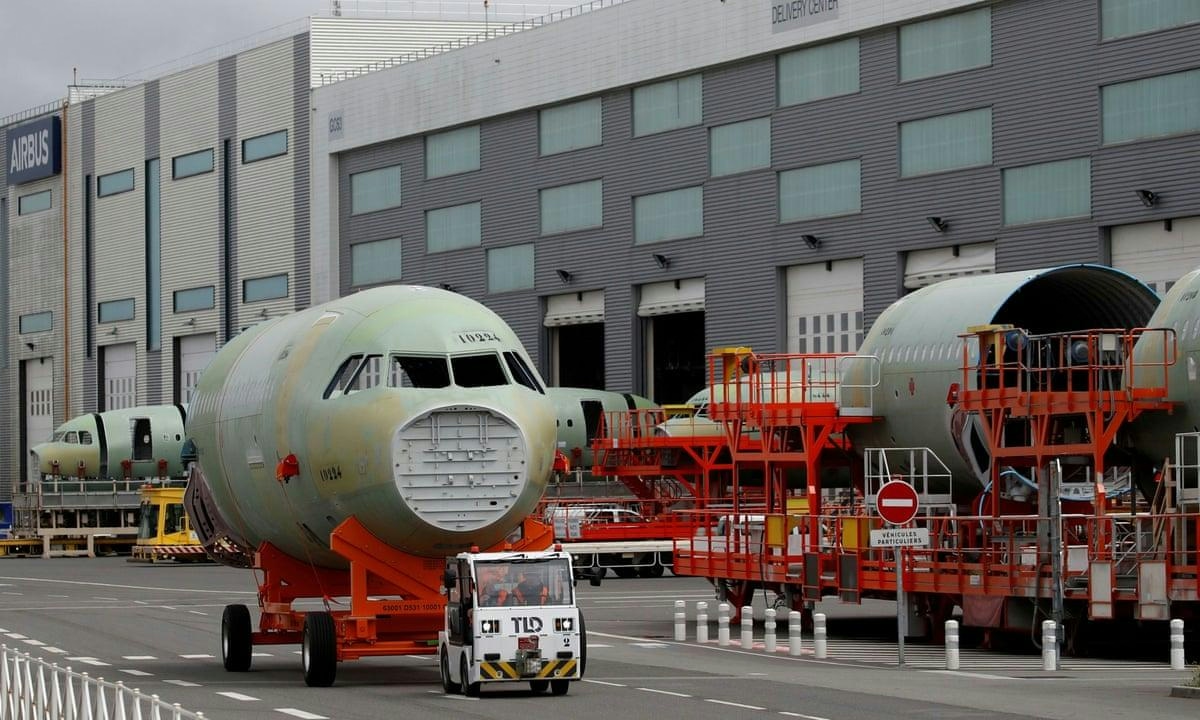
Airbus Boosts Supplier Confidence and Targets 820 Jet Deliveries Amid European Aviation Growth

Major Airlines and Hotel Chains Confront $11 Billion Supply Chain Disruption
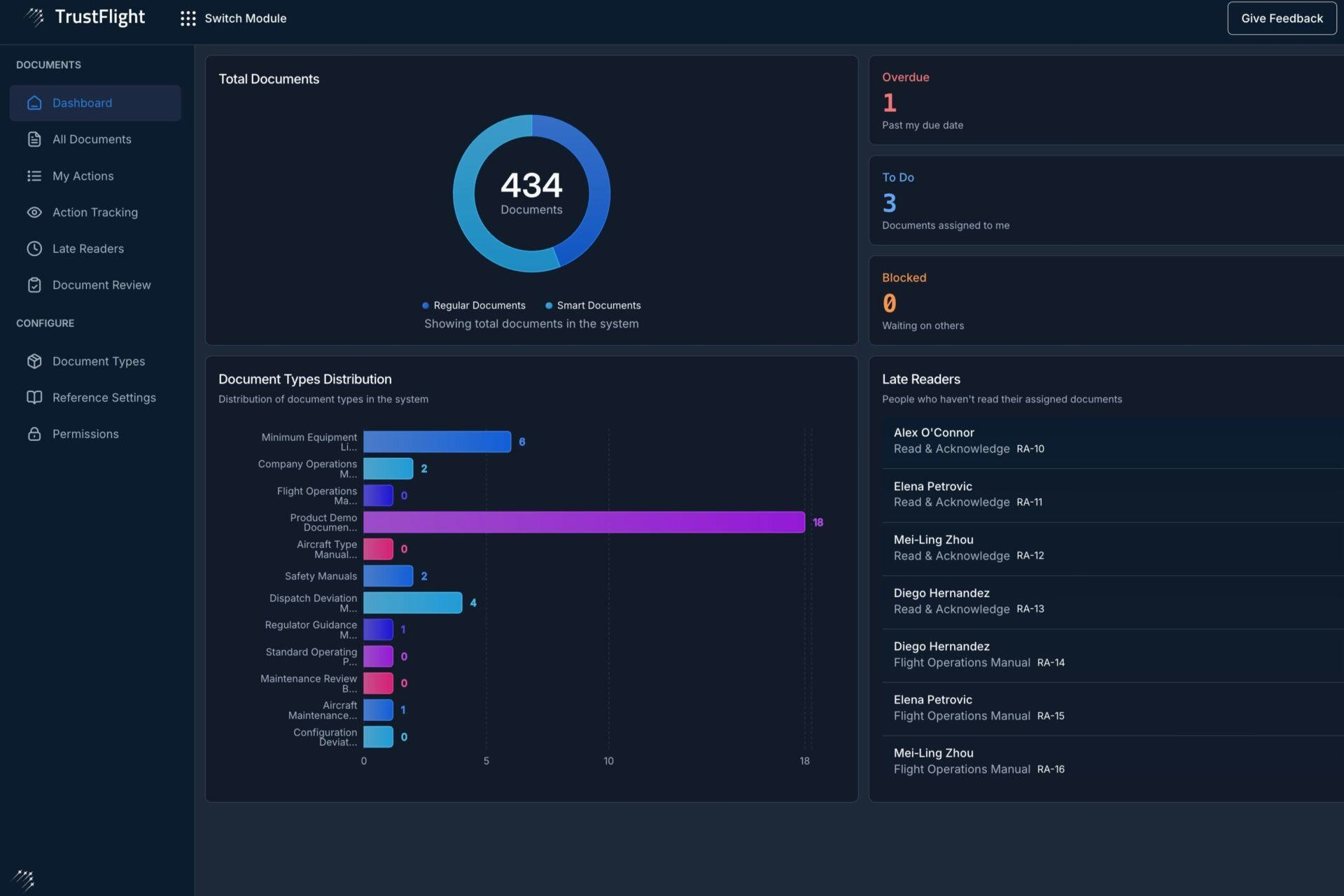
TrustFlight launches AI-driven Smart Documents for aviation
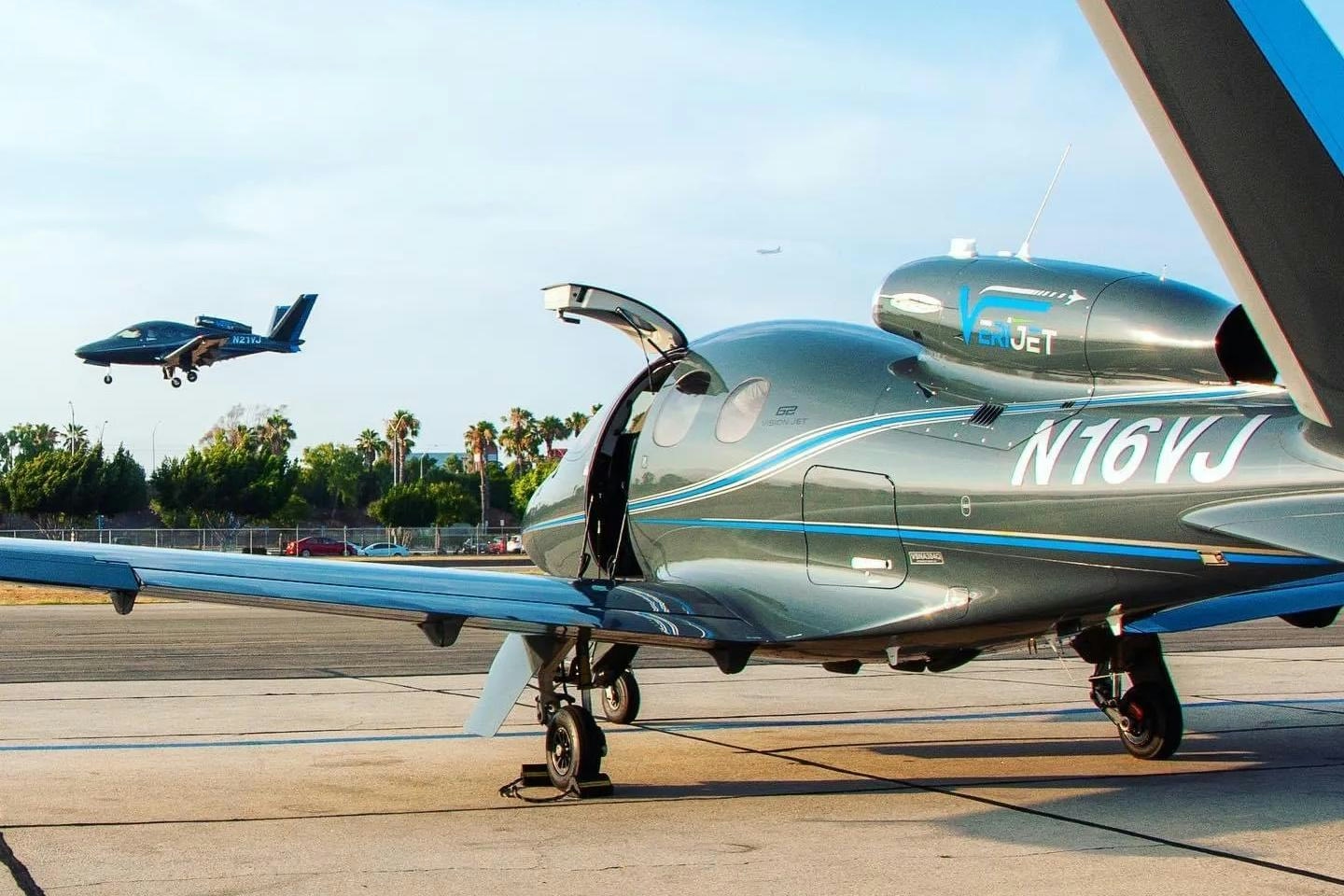
Verijet Files for Bankruptcy, Halting Green Air Taxi Project
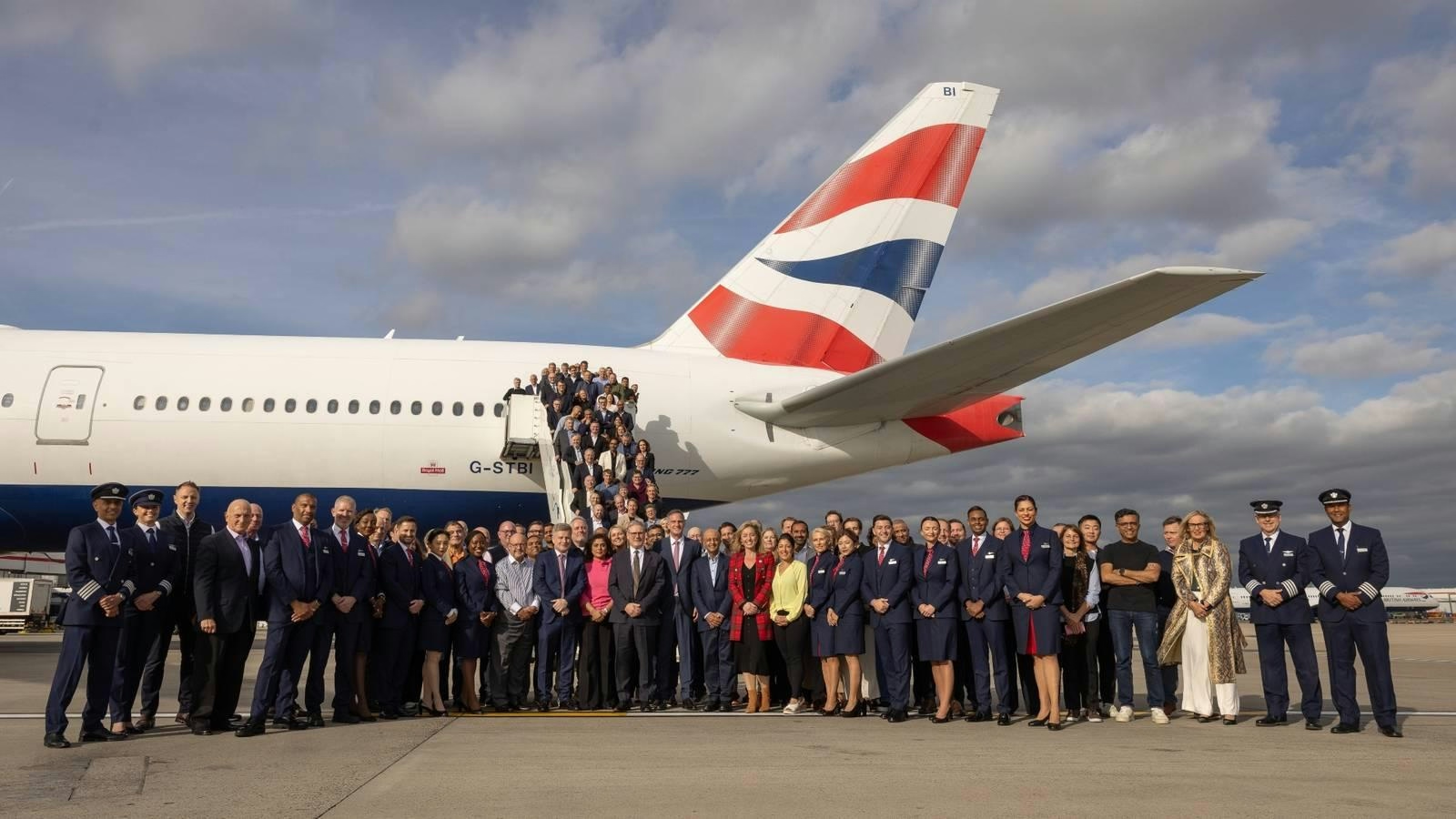
British Airways’ Longest Nonstop Routes on the Boeing 787-9 in 2025

Increase in Private Flights Across Greece
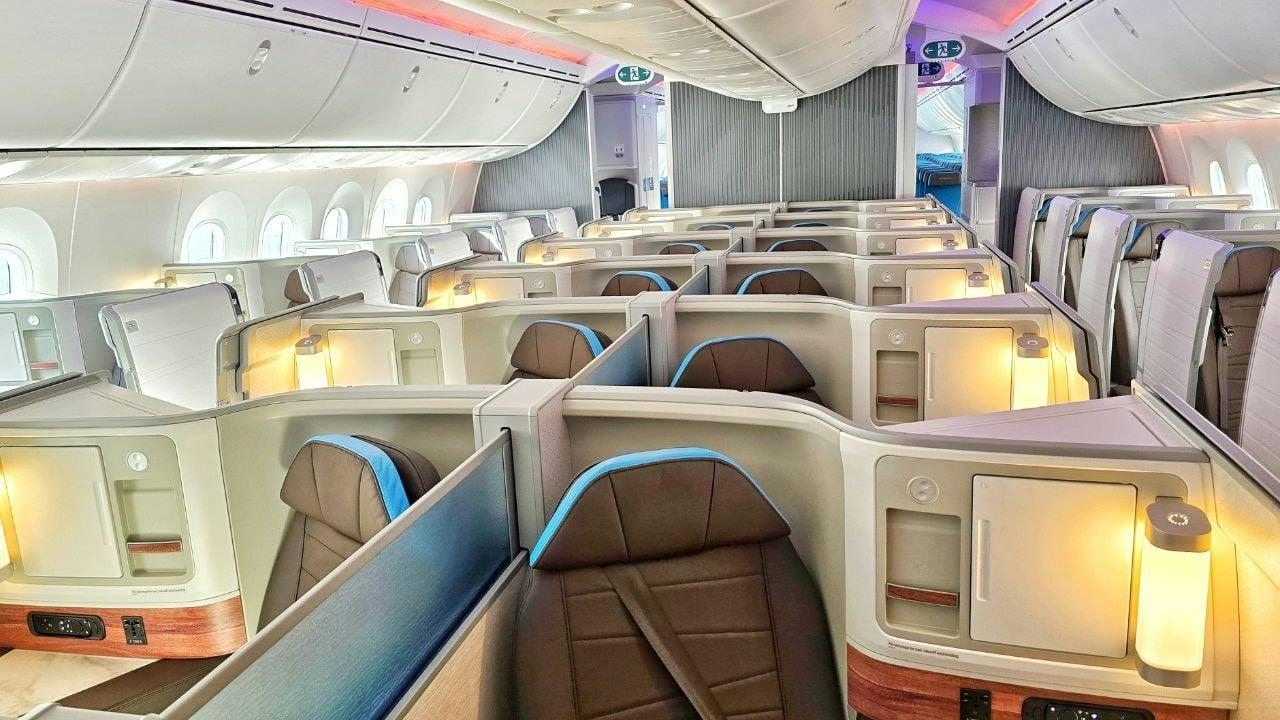
The Widebody Aircraft Hawaiian Airlines Ordered but Never Received
